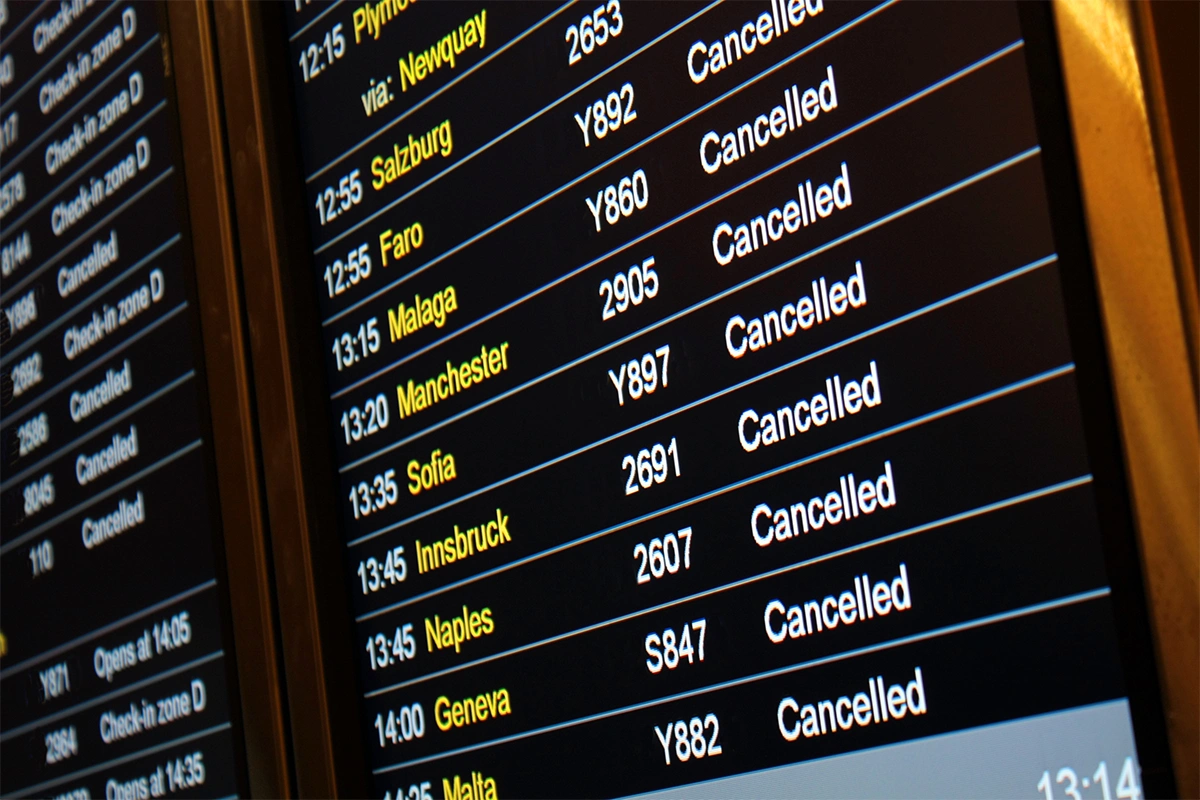Staying on top of rate caps: Timeless advice from our experts
We catch up with our Customer Insight Manager, Abby Taylor to hear what's happening with rate caps right now and what you can do stay on top of your rate caps.

Article Contributors

Last time around, I considered what a good business travel rate cap looks like. As a constant stream of data comes in, we're always analysing the numbers and delivering the latest insights and advice, so I thought it was time for a little reminder and a call to action, especially when it comes to staying on top of your rate caps.
Like I always say, rate caps should be reviewed annually at the very least. But to be honest, they need consistent monitoring by your TMC to identify any location-specific pain points. If you’ve got a preferred programme in place, your rate cap should at least match the highest-priced hotel in your programme. It’s all about staying agile and adapting to market conditions. But what does that mean in practice? Let’s dive into the detail.
What could be impacting your compliance?
Over the years, we’ve noticed a trend: rate compliance tends to drop by about 8% between April and September. For some, this signals that while the current rate cap might be working during quieter months, it’s just not cutting it during peak travel times. We’re also seeing more client rates tied to NLRA (Non-Last Room Availability), which means during peak periods, your client rate might be less available. As a result, average room rates are spiking significantly during these busy months.
Re-evaluating your authorisation process
If you’re seeing more bookings requiring approval between April and September, it might be time to reassess your approach to rate caps. Especially if many of your preferred hotels are NLRA, you might want to introduce a tolerance to your rate cap. This could reduce the need for constant authorisations and help you stay more agile in a fluctuating market.
Location matters - a lot
Rate caps can vary drastically based on location. In key cities like London and Birmingham, we’ve seen rate caps for different customers vary by as much as 200%. However, in regional cities, this variability drops to around 9%.
If you want to keep a tighter grip on your spend, consider implementing location-specific rate caps instead of relying on a generic one-size-fits-all approach.
It’s worth noting that only 8% of our customers have updated their rate caps so far in 2024. This number is expected to rise as mid-year programmes wrap up, but it’s still significantly lower than the 41% in 2023 and 52% in 2022.
Key stats to keep in mind:
If you’re going to take anything away from this piece, here’s some key highlights:
- Rate cap updates: As of now, only 8% of customers have updated their rate caps in 2024. In 2023, 41% made updates, and in 2022, it was 52%.
- Compliance drops: Compliance to rate caps drops by an average of 8% during the busy periods from May to September.
- Generic UK rate caps: These have increased by 14% in 2024, bringing the average to £107.
- Location variability: In major cities like London, Birmingham, and Manchester, rate caps can vary by as much as 200% across customers. In regional cities, this variability drops to 9%.
Changes in UK rate caps for 2024
Looking at the bigger picture, 8% of customers have adjusted their rate caps so far in 2024 across 250+ UK locations. Here’s a breakdown:
- Reductions: Rate caps have been reduced in 78 locations by an average of 10%.
- Increases: Rate caps have gone up in 171 locations by an average of 15%.
Regional insights
Local markets often give great perspective on rate caps, let’s take a look at this snapshot of what we’ve seen across the UK:
- Northern Ireland: Average rate cap is £109, up by 5%
- Manchester: Average rate cap is £102, up by 4%
- Scotland: Average rate cap is £110, up by 5%
- England: Average rate cap is £110, up by 5%
- Birmingham: Average rate cap is £98, up by 7%
- London: Average rate cap is £214, up by 16%
- Wales: Average rate cap is £110, up by 5%
Staying proactive with your rate caps is crucial in navigating the peaks and troughs of the travel industry. As we move further into 2024, ensure your strategy is aligned with the latest insights to maintain control over your travel spend.
There are a few ways you can do this. You can continuously research the markets, industry publications, rate reports and more – or you can work alongside a TMC like Clarity that know the markets inside out and regularly deliver the insights to you to consider. If you'd like to hear how we can support, get in touch.


















